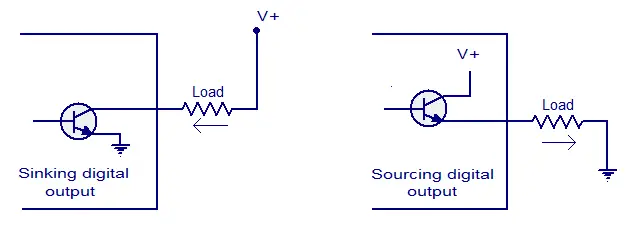This was an interesting project, I hit a road block at first where the PWM signal wasn't able to turn the motor. I think this is because the PWM pulse frequency which is set at 1000 HZ by default was not allowing enough current to enter the motor for it to commence rotation.
Lowering this to 1 HZ resolved the issue but introduced a noticeable click, I increased it to 10 HZ and there clicking was almost indistinguishable from the sound of a normal motor running. I bumped it up to 50Hz and there speed of the motor dropped significantly.
It seams that PWM can slow a motor based on it's pulse width and also the frequency of those pulses, I have seen recommendations to add a capacitor across the motor terminals to smooth the current supplied to the motor and help to reduce the variance in sorry based on PWM frequency.
